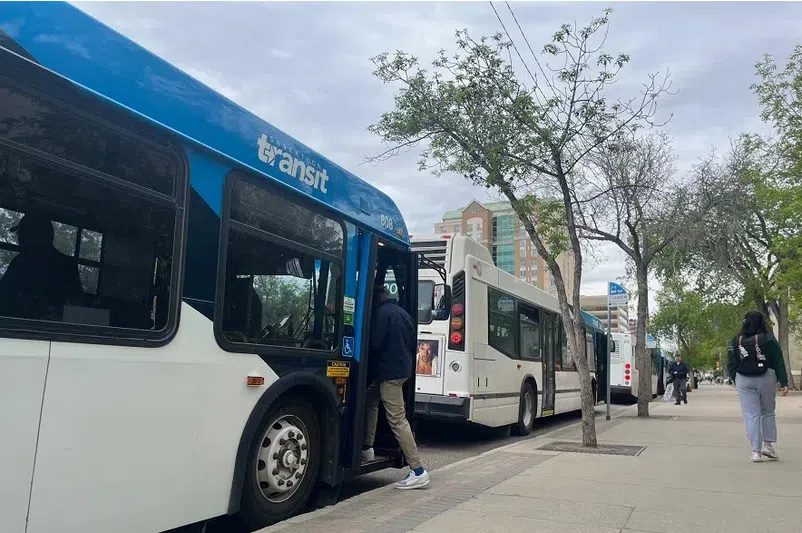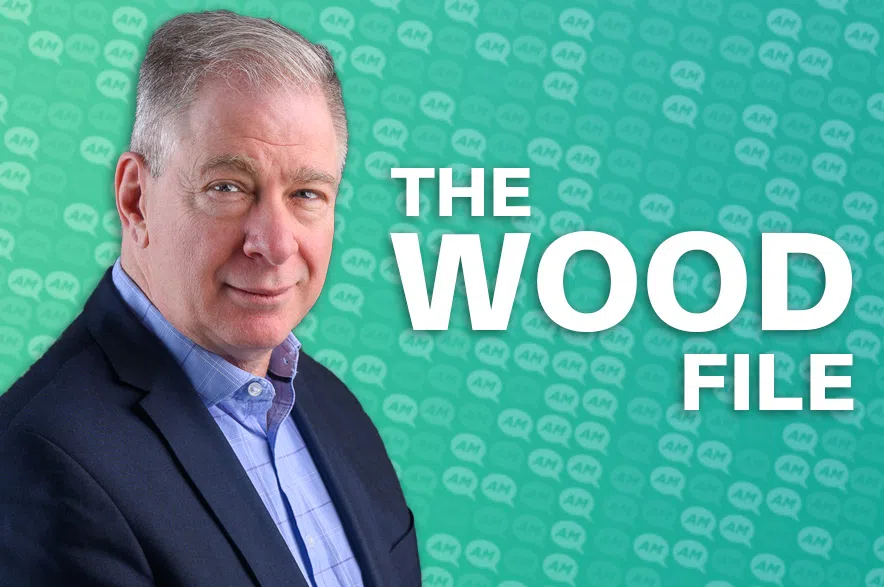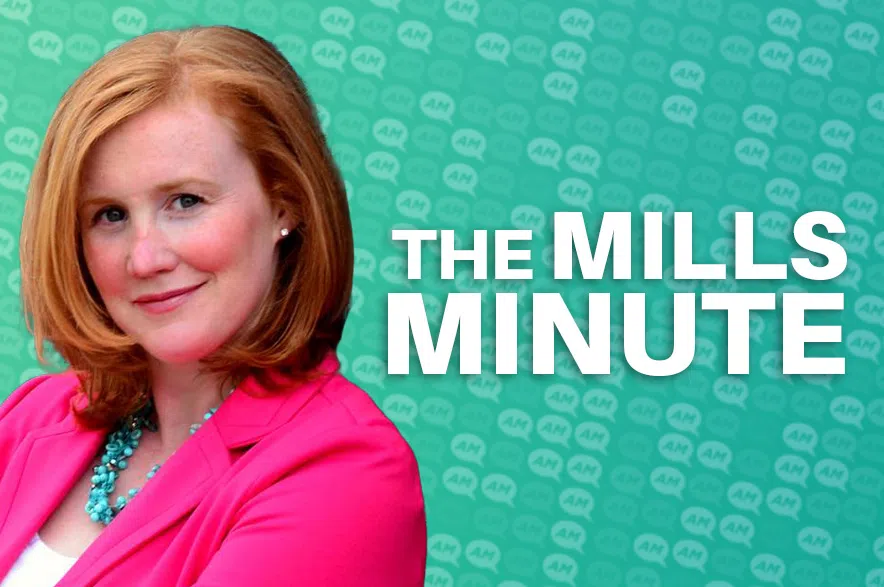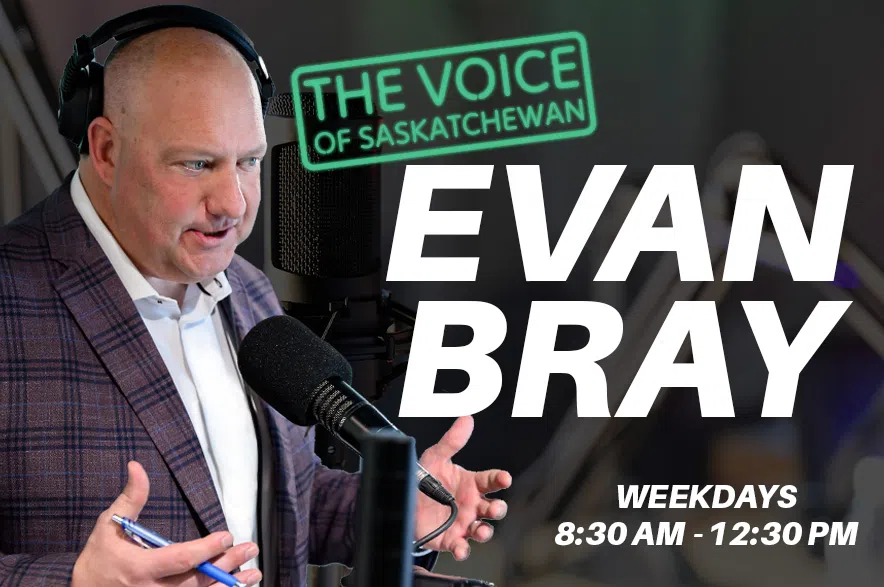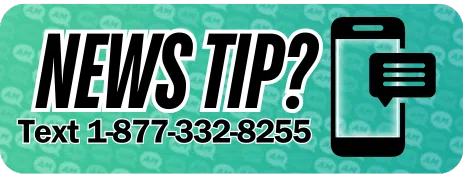The cost of riding the bus in Saskatoon has been relatively the same since 2016, but that might change soon.
During a meeting of Saskatoon City Council’s standing policy committee on transportation on Tuesday, city administration will provide a report reviewing the city’s bus fares.
Read more:
- Saskatoon council considers budget options for affordable housing strategy
- New Saskatoon BRT stations and platforms expected to be completed by October
- Broadway business excited as end of bridge construction nears
In the review, administration outlined how fares haven’t changed since 2016, with one exception — the free transit fares provided to kids under Grade 8, which began in September 2024.
The stagnant pricing means that the cost of a monthly pass, which has been $83 for adults since 2016, was 23-per-cent cheaper last year than it was eight years prior thanks to inflation.
Revenue generated from bus fares now covers less than 30 per cent of the transit system’s total costs, putting pressure on the city to fill the gap.
With Link, the Bus Rapid Transit (BRT) system launching in 2028, administration wrote in the report that the city has an opportunity to modernize transit fees.
Currently, Saskatoon has a mixture of flat fares mixed with basic age-based discounts and broad subsidies.
The flat rates mean riders pay the same price per ride regardless of the length of their trip or time of day. It makes short trips relatively expensive while longer trips, especially those during peak times of day, remain underpriced.
The city also has low-income bus pass programs, which charge $66.40 for a monthly pass for low-income adults versus the standard $83. That’s in addition to discounts for seniors, students, and children.
But, with stagnant fares causing the city to subsidize Saskatoon’s transit system more each year, administration is bringing forward options to revamp bus prices.
One option is to pilot fare capping. Monthly passes would be eliminated in favour of a fixed cap. So, for example once riders pay $60 in fares that month, they won’t need to pay for their rides the rest of the month.
Another option is fare-free periods, making the bus free during off-peak hours or for youth, depending on what’s decided.
Administration also outlined the possibility of introducing targeted subsidies over universal ones, charging people with disabilities or lower incomes a different rate. It’s an option the city is already partially doing with its low-income passes.
Regardless of the options, president business agent of Amalgamated Transit Union Local 615 Darcy Pederson said the city’s focus isn’t where it should be.
Instead of fares, he said the City of Saskatoon needs to fix “what’s actually broken.” For Pederson, that means increasing safety on buses.
“We need a real transit enforcement team or security on the buses. You know, people that are equipped and trained to uphold the rules and keep buses safe for everyone,” he said.
Pederson said bus drivers are already dealing with people riding and refusing to pay. So, without introducing a way for payments to be enforced, changing fares won’t do anything.
“Once we get that sorted out, then we maybe we should be talking about fare raises or fare increases, but I think right now, our efforts need to be keeping our people safe,” he said.
Unless told otherwise, city administration will begin looking for feedback on ways to reform transit fares.
That includes an online survey, expected to open on Oct. 8, where people can share their opinion on the variety of options.
Administration wrote in its report that following the engagement phase, a decision report will be provided to councillors that evaluates the different transit fare options in time for the 2026/2027 budget.
